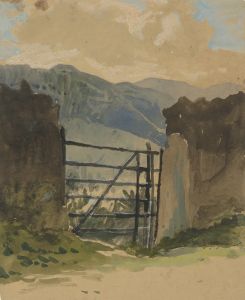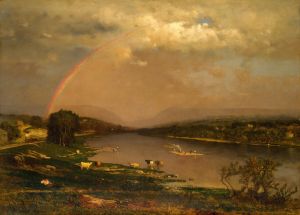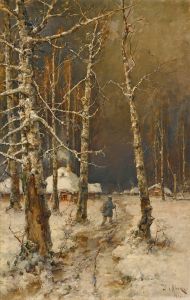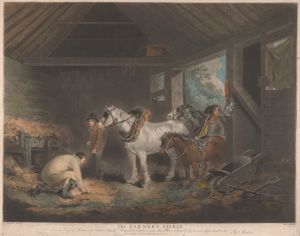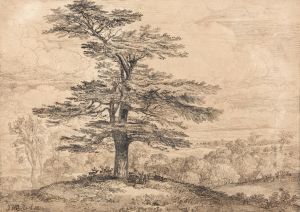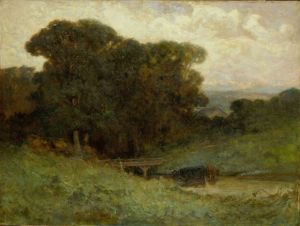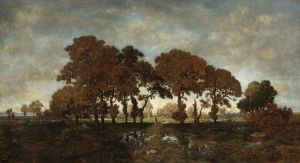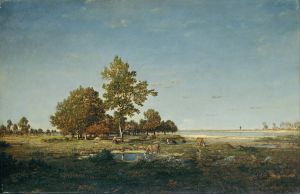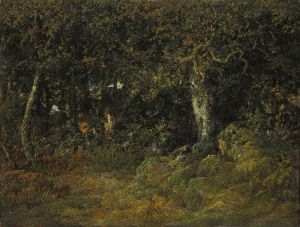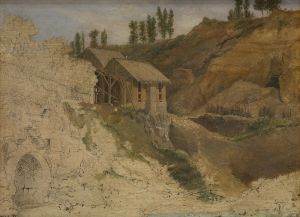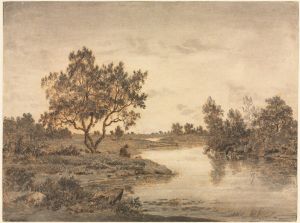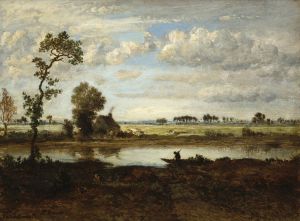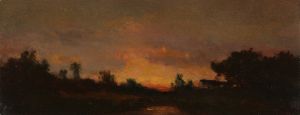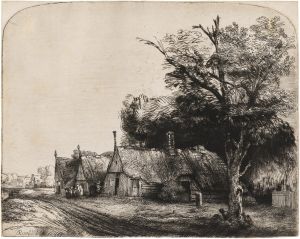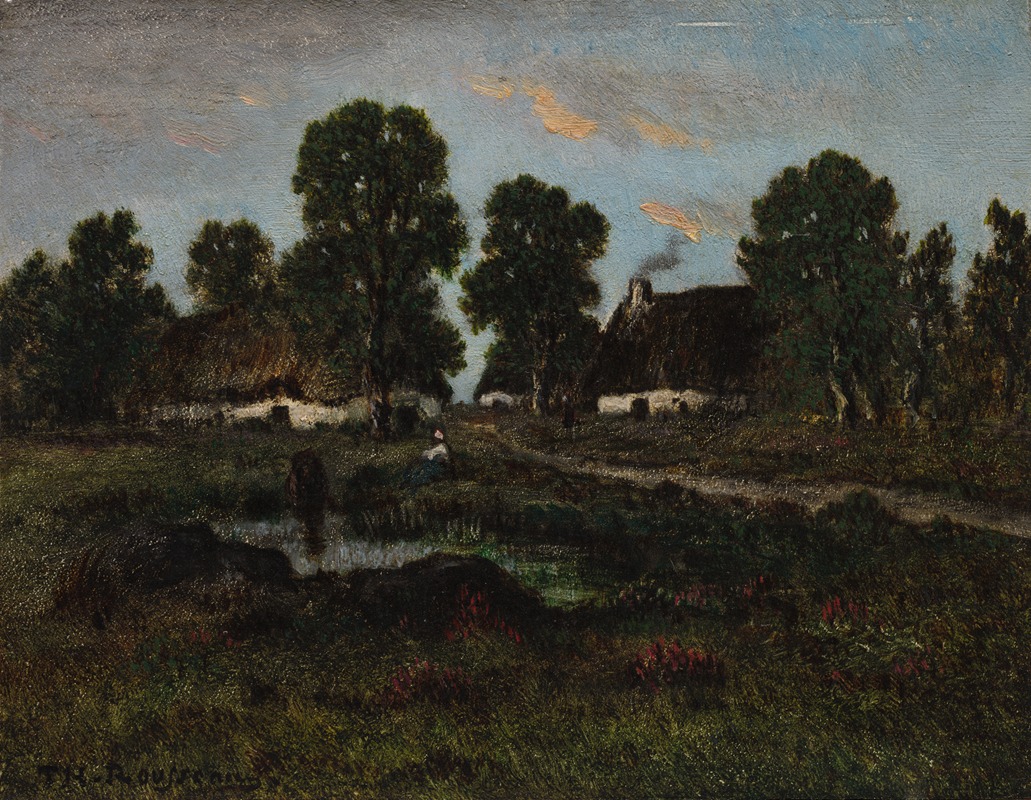
Cottages Near Larchant
A hand-painted replica of Théodore Rousseau’s masterpiece Cottages Near Larchant, meticulously crafted by professional artists to capture the true essence of the original. Each piece is created with museum-quality canvas and rare mineral pigments, carefully painted by experienced artists with delicate brushstrokes and rich, layered colors to perfectly recreate the texture of the original artwork. Unlike machine-printed reproductions, this hand-painted version brings the painting to life, infused with the artist’s emotions and skill in every stroke. Whether for personal collection or home decoration, it instantly elevates the artistic atmosphere of any space.
Théodore Rousseau, a prominent figure in the Barbizon School of painters, created the artwork "Cottages Near Larchant." This painting exemplifies Rousseau's dedication to capturing the natural beauty and rural life of the French countryside during the 19th century. The Barbizon School, named after the village of Barbizon near the Forest of Fontainebleau, was a movement that emerged as artists sought to break away from the formalism of academic art and embrace realism and naturalism.
Rousseau, born in Paris in 1812, was deeply influenced by the Romantic movement and the works of earlier landscape painters. He was particularly drawn to the landscapes of the Île-de-France region, where Larchant is located. His work often reflects a profound appreciation for the natural world, characterized by meticulous attention to detail and a deep sense of atmosphere.
"Cottages Near Larchant" is a testament to Rousseau's skill in portraying the serene and idyllic aspects of rural life. The painting depicts a cluster of cottages nestled within a lush, verdant landscape. Rousseau's use of light and shadow creates a harmonious balance, evoking a sense of tranquility and timelessness. The cottages, with their rustic charm, are integrated seamlessly into the surrounding environment, highlighting the symbiotic relationship between human habitation and nature.
Rousseau's technique involved painting en plein air, or outdoors, which allowed him to capture the changing effects of light and weather on the landscape. This approach was revolutionary at the time and laid the groundwork for later movements such as Impressionism. His dedication to painting directly from nature is evident in the authenticity and vitality of his landscapes.
Throughout his career, Rousseau faced challenges, including initial rejection from the Paris Salon, the official art exhibition of the Académie des Beaux-Arts. However, his persistence and unique vision eventually earned him recognition and respect among his peers and art critics. By the mid-19th century, Rousseau had become a leading figure in the Barbizon School, influencing a generation of artists who sought to depict the natural world with honesty and emotion.
"Cottages Near Larchant" reflects Rousseau's philosophy that art should be a reflection of nature's beauty and complexity. His work often conveys a sense of nostalgia and reverence for the pastoral landscape, capturing moments of quietude and simplicity that resonate with viewers. The painting is a celebration of the rural French countryside, a theme that Rousseau returned to repeatedly throughout his career.
Today, Théodore Rousseau is remembered as a pioneer of naturalistic landscape painting. His contributions to the Barbizon School and his influence on subsequent art movements underscore his importance in the history of art. "Cottages Near Larchant" remains a significant example of his work, embodying the principles and aesthetics that define his legacy as an artist dedicated to the truthful representation of nature.





